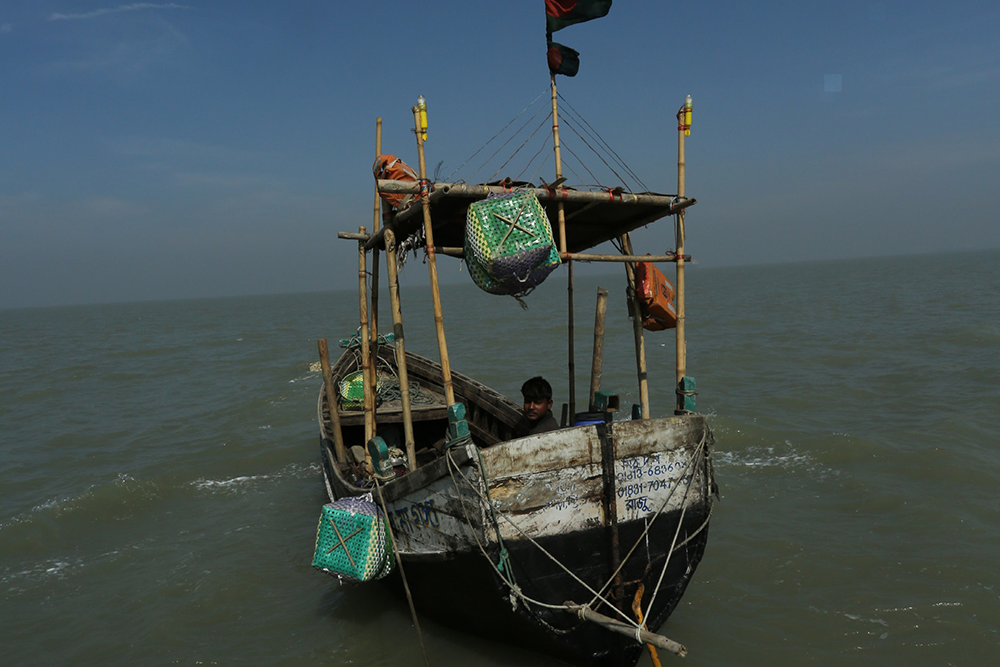
Jaladas: A Seafaring Fishing Community
By Dr. Hossain Zillur Rahman and Sabrina Miti Gain
Published by Society for Environment and Human Development (SEHD)
Published 2019, English, PBK, 44 page
Tk.100/US$5
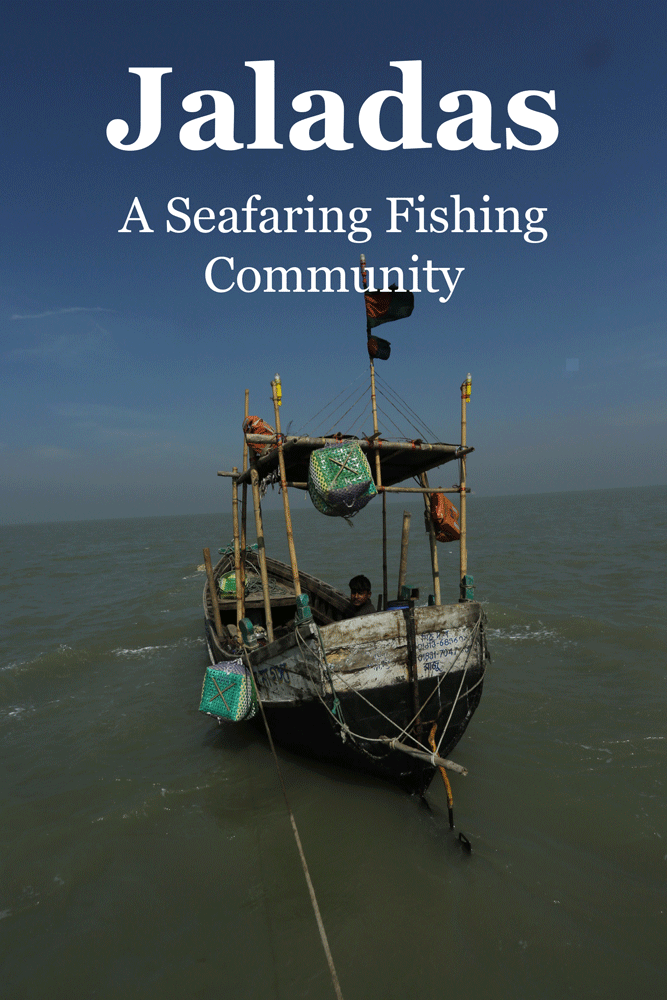 The Jaladas is a seafaring fishing community. They belong to lower caste Hindu community and are concentrated primarily in the coasts of Cox’s Bazar and Chattogram districts. They have been living in secluded villages in these coastal districts for centuries. The Jaladas have their own distinctive cultural and social practices. However, they are a community extremely marginalized and vulnerable and are exposed to natural calamities. The fishers who venture the rough sea sometimes lose lives. Besides, fishing opportunities have drastically deceased for the Jaladas community for various reasons including grabbing of fishing grounds by non-traditional fishers and piracy. As a consequence, many have to either change their traditional way of living or become unemployed. With almost no access to higher education or formal occupations, they have little scope to migrate out of extreme poverty.
The Jaladas is a seafaring fishing community. They belong to lower caste Hindu community and are concentrated primarily in the coasts of Cox’s Bazar and Chattogram districts. They have been living in secluded villages in these coastal districts for centuries. The Jaladas have their own distinctive cultural and social practices. However, they are a community extremely marginalized and vulnerable and are exposed to natural calamities. The fishers who venture the rough sea sometimes lose lives. Besides, fishing opportunities have drastically deceased for the Jaladas community for various reasons including grabbing of fishing grounds by non-traditional fishers and piracy. As a consequence, many have to either change their traditional way of living or become unemployed. With almost no access to higher education or formal occupations, they have little scope to migrate out of extreme poverty.
The monograph presents findings of a study of Power and Participation Research Centre (PPRC) on demographic and socio-economic conditions of the community, which is a valuable addition to the academic and public discourse on social exclusion of the Jaladas in Bangladesh.

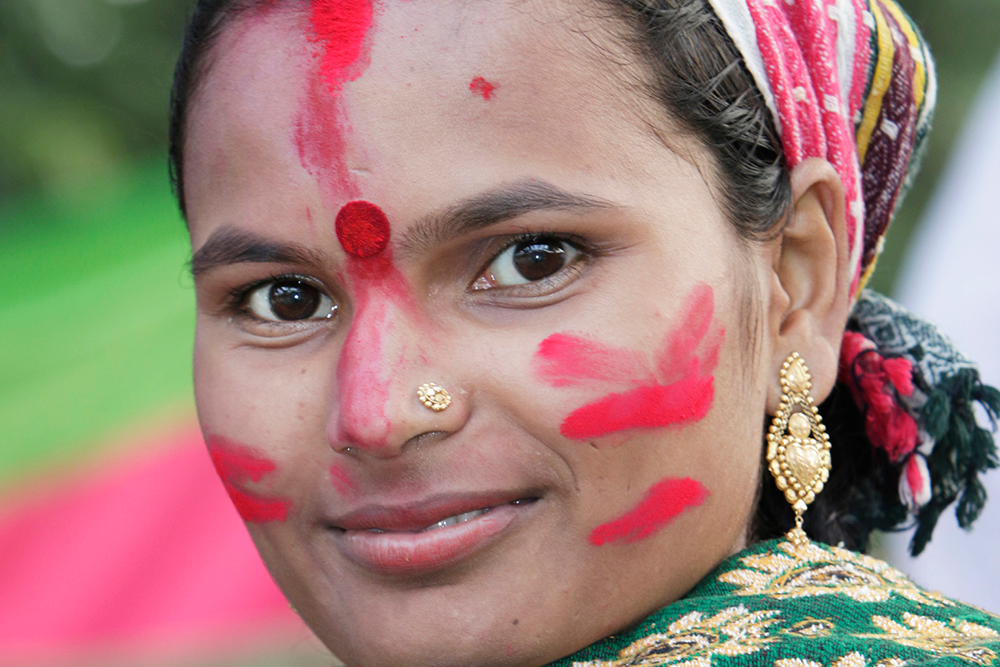
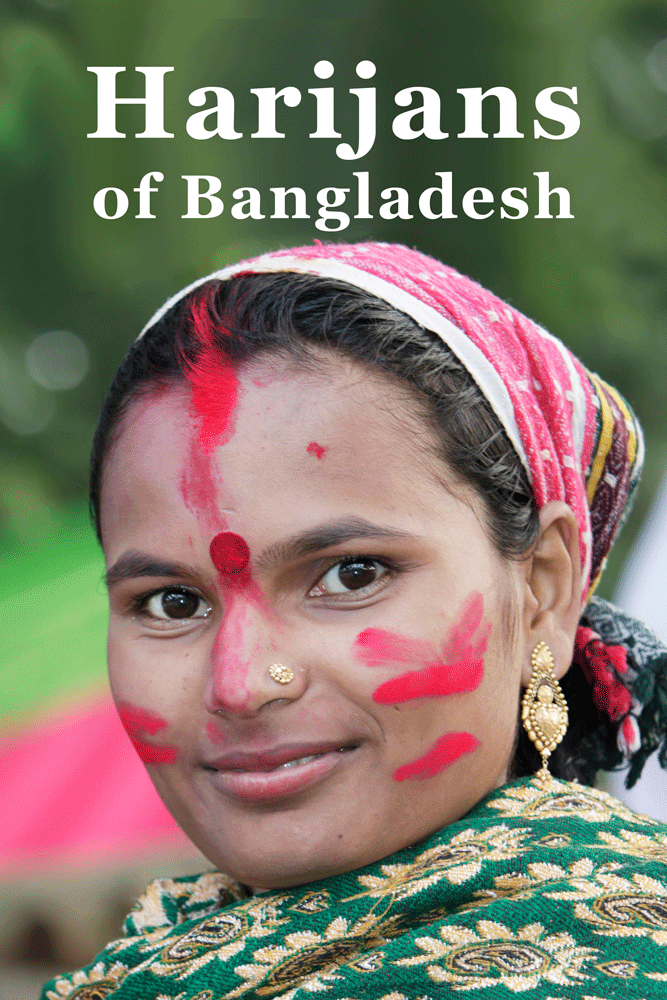 The Harijans are an occupational group or community who are considered as the fifth category outside four Varnas in the Hindu Casteism. They had been brought to their current locations from different parts of India during the British colonial rule. They traditionally work as ‘sweepers’ or cleaners under the city corporations and municipalities of Bangladesh. To date the Harijans face severe social discrimination and many treat them as ‘untouchables’. They are often termed as methor to belittle and disrespect their occupation of cleaning garbage and dirt. On top of social discrimination, they face severe economic exploitation. Even the young educated Harijans cannot enter new occupations because of their identity.
The Harijans are an occupational group or community who are considered as the fifth category outside four Varnas in the Hindu Casteism. They had been brought to their current locations from different parts of India during the British colonial rule. They traditionally work as ‘sweepers’ or cleaners under the city corporations and municipalities of Bangladesh. To date the Harijans face severe social discrimination and many treat them as ‘untouchables’. They are often termed as methor to belittle and disrespect their occupation of cleaning garbage and dirt. On top of social discrimination, they face severe economic exploitation. Even the young educated Harijans cannot enter new occupations because of their identity. 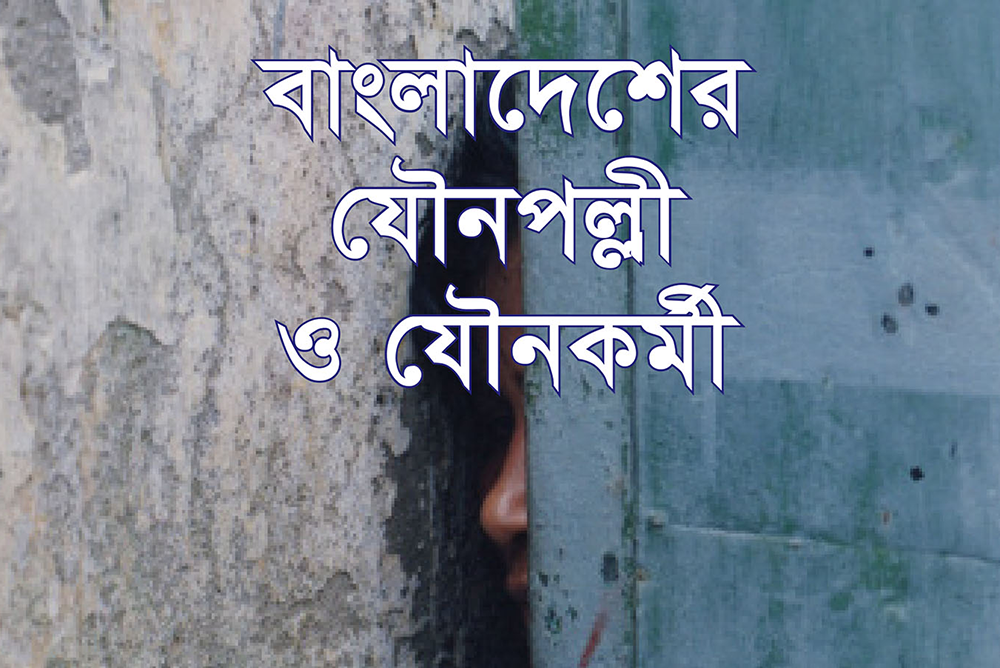
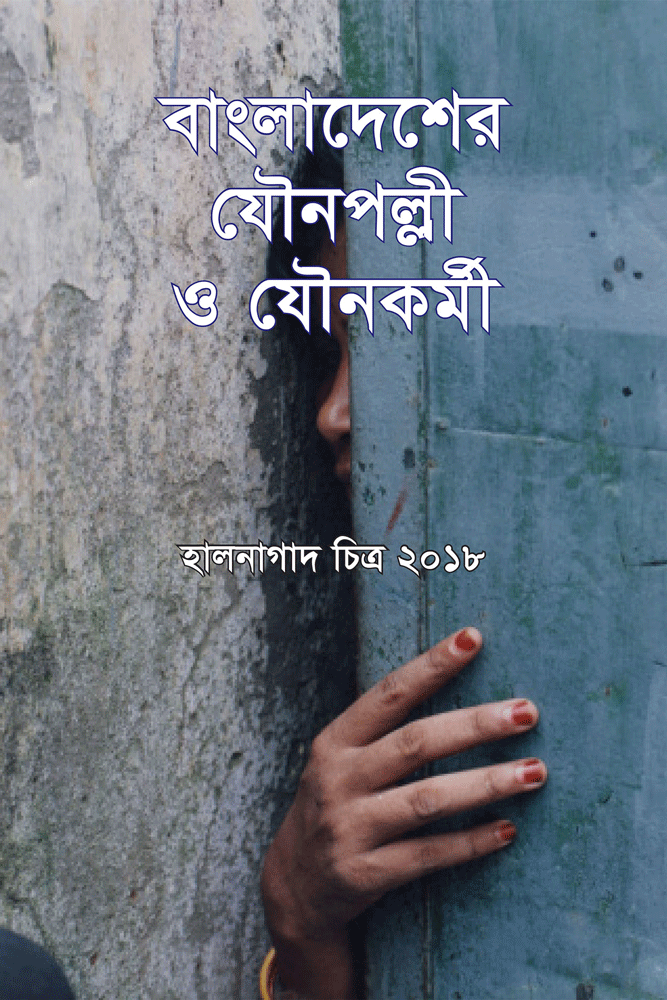
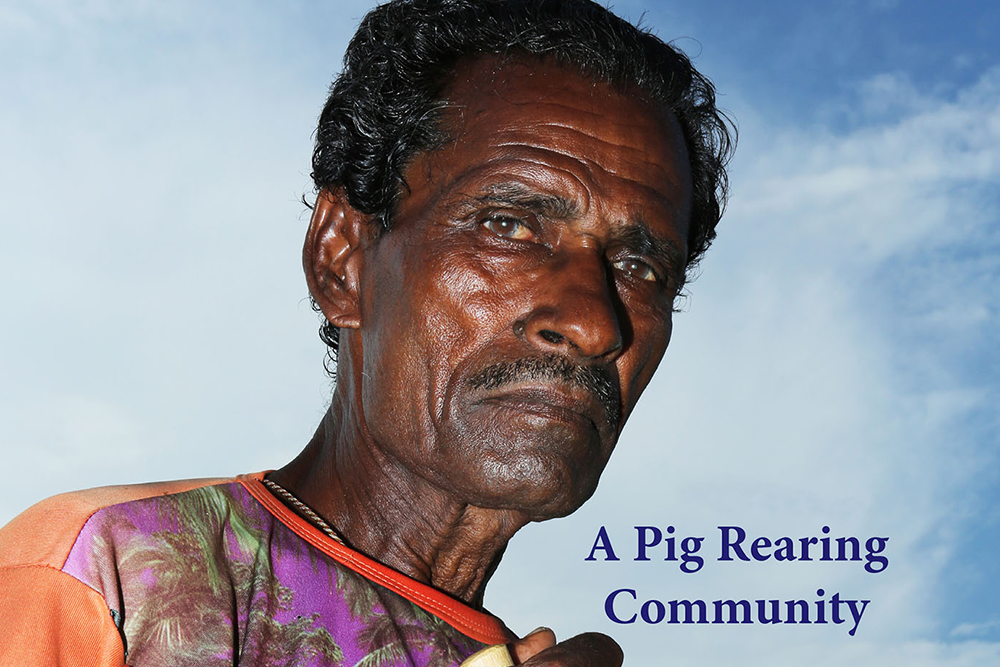
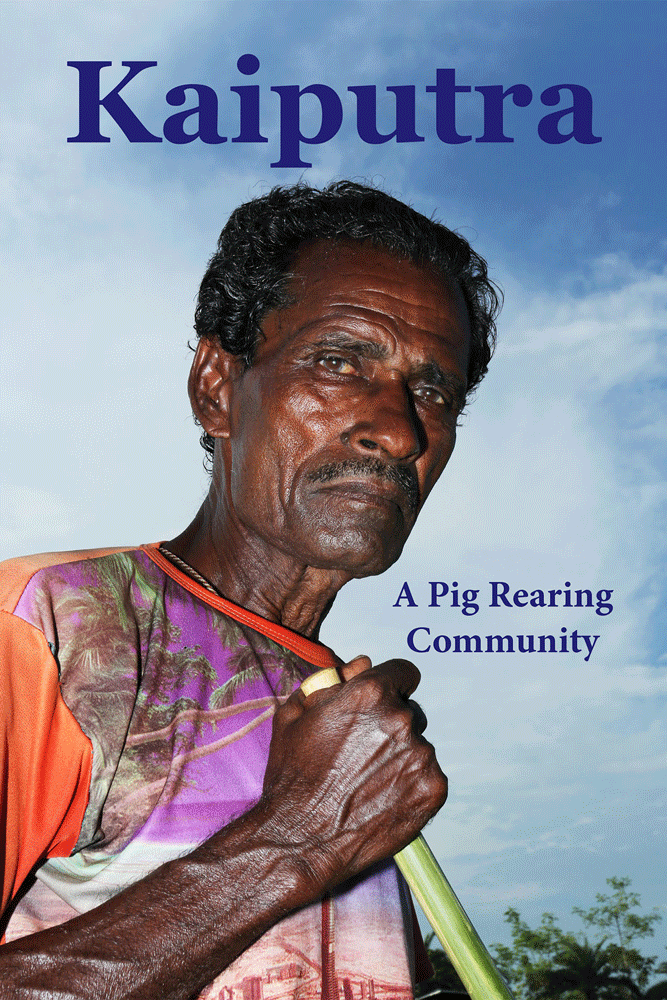 The Kaiputra is a small pig rearing community concentrated in 41 villages in the South-western districts of Jashore, Satkhira and Khulna. Their guesstimated population is 12,000. The Kaiputras, basically Hindus, are generally despised in the society because they rear pigs, an animal ‘filthy’ to the Muslim majority. Many consider them as ‘untouchables’.
The Kaiputra is a small pig rearing community concentrated in 41 villages in the South-western districts of Jashore, Satkhira and Khulna. Their guesstimated population is 12,000. The Kaiputras, basically Hindus, are generally despised in the society because they rear pigs, an animal ‘filthy’ to the Muslim majority. Many consider them as ‘untouchables’. 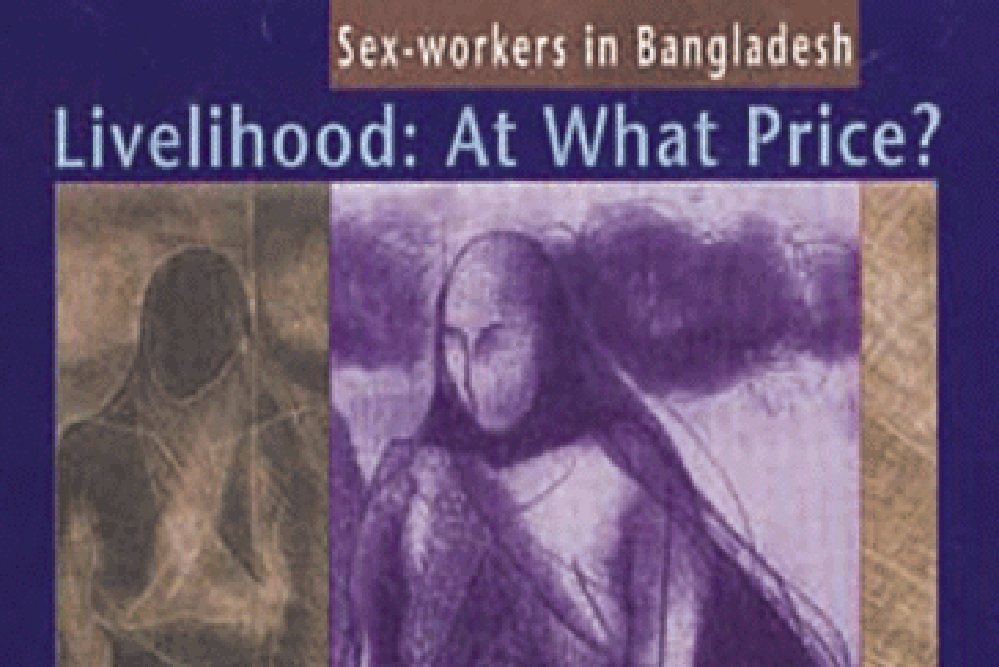
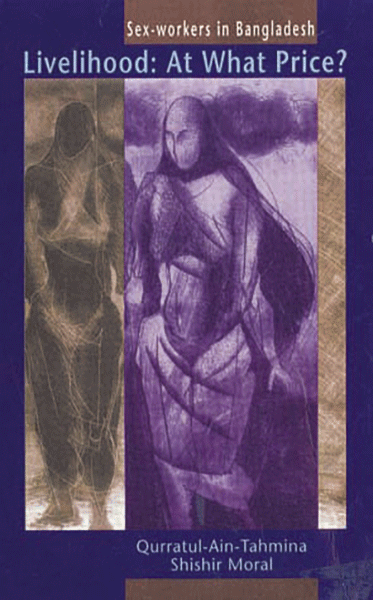 Sex work remains to be a disgraceful choice in our society and women engaged in this work are defined by abusive terms, all meaning that a sex worker is a “fallen woman”. Different sources estimate the sex-workers in Bangladesh at about 60,000 (as of 2004). They work in brothels, hotels and on the streets. However, these numbers exclude those who work in the residential areas and are better off. Children constitute a significant percentage of the sex-workers. The organized sex trade gangs, poverty, oppression by husband and other family members, temptation for jobs, etc. compel most of the sex-workers into this profession.
Sex work remains to be a disgraceful choice in our society and women engaged in this work are defined by abusive terms, all meaning that a sex worker is a “fallen woman”. Different sources estimate the sex-workers in Bangladesh at about 60,000 (as of 2004). They work in brothels, hotels and on the streets. However, these numbers exclude those who work in the residential areas and are better off. Children constitute a significant percentage of the sex-workers. The organized sex trade gangs, poverty, oppression by husband and other family members, temptation for jobs, etc. compel most of the sex-workers into this profession.